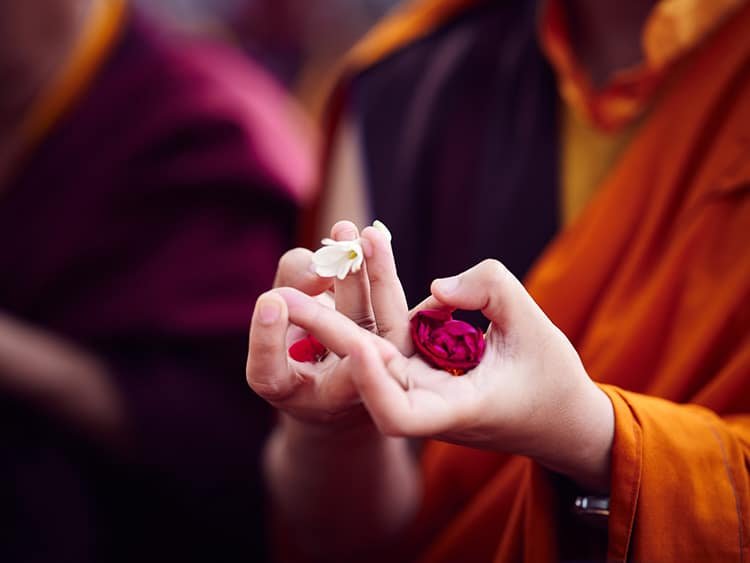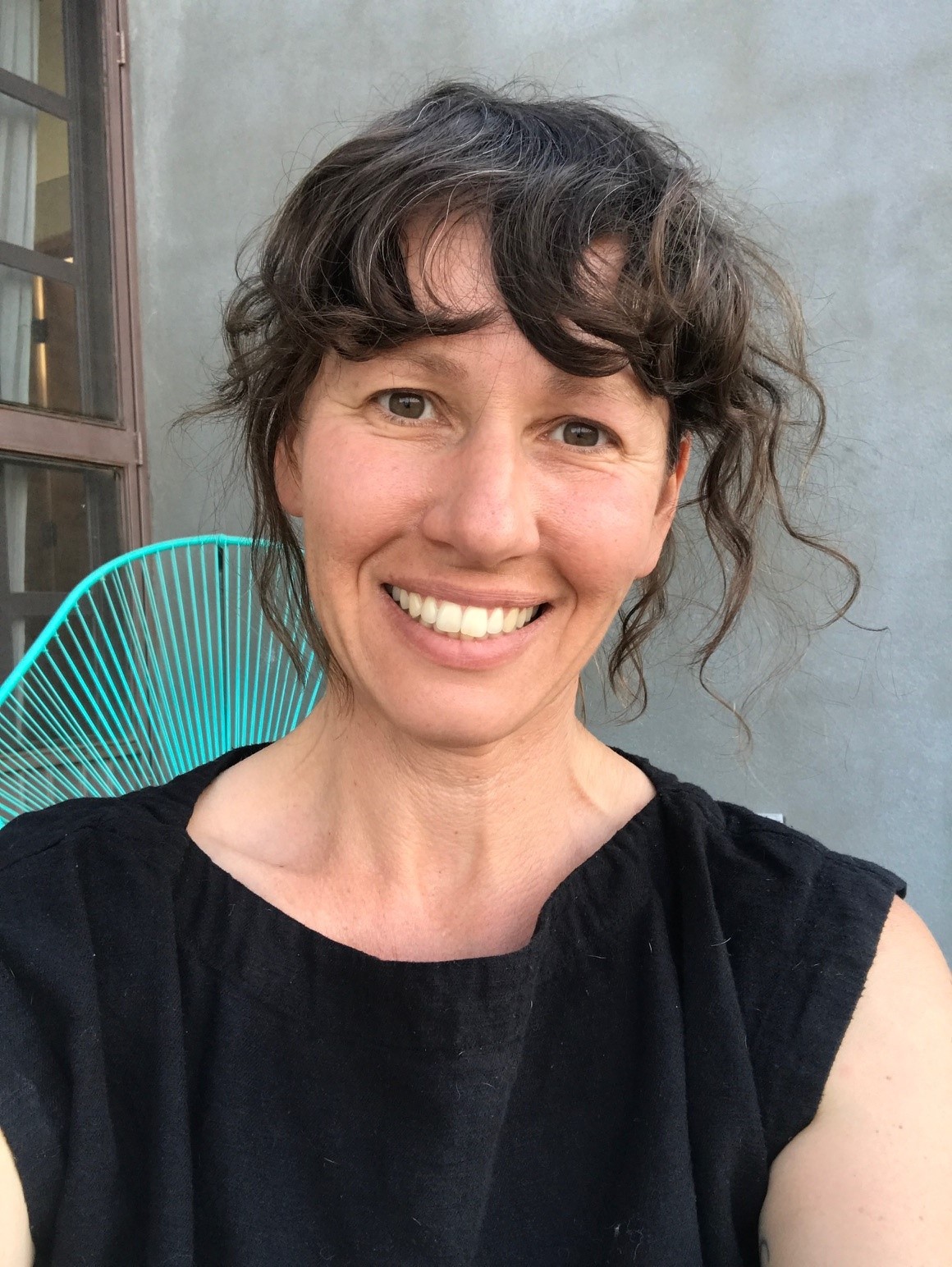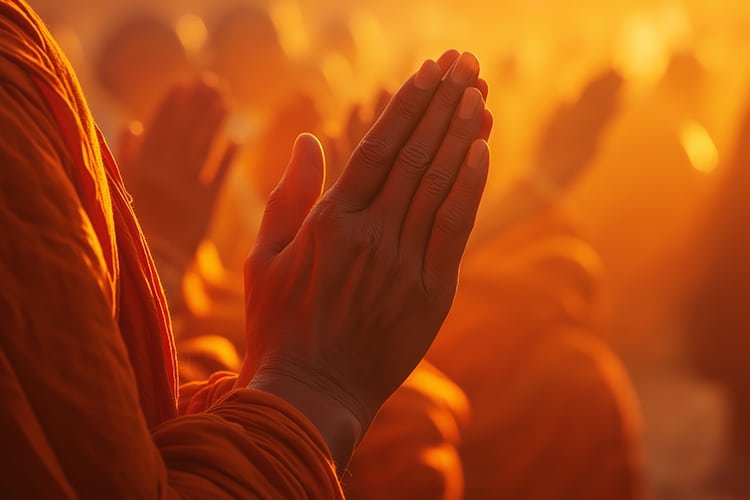Category: Buddhist Path | Recent Meditation Posts
Lama Atisa Dipankara lived at the beginning of the 11th century. Born in Bengal, the Buddhist master is well known for his work at the Vikramashila monastery in India and for reforming Buddhism in Tibet, where he spent the final years of his life.
A Buddhist Master’s Journey to Enlightenment
Lama Atisha was born in India in the late 10th century. Given the name Chandragarbha at birth, he was the middle child of three sons born to King Kalyana the Good and Queen Prabhavati the Radiant. At a very young age, Atisha demonstrated high intelligence and an advanced understanding of the dharma. Due to auspicious signs at the time of his birth as well as his exceptional intellect, his parents expected him to become king.

At the age of 11 years old, however, the night before his wedding, the Bodhisattva Tara appeared to Atisha in a dream. She reminded him of his beneficial karma, the result of many previous lifetimes of dedicated Buddhist practice. With such karma, Atisha had great potential to benefit others by further studying and teaching the dharma. Atisha understood that if he were to get married, he would risk becoming attached to royal life and wasting the precious opportunity before him. And so, he undertook the journey from India to Sumatra and eventually Tibet in search of ultimate bodhicitta and enlightenment.
Atisha’s Early Studies
Atisha studied in India under several great masters at the Vikramashila monastery. Accounts say he received the teachings on taking refuge, bodhicitta, and the wisdom of emptiness from more than 150 master teachers. Following a vision at the age of 29, he became a monk and took on the name Dipamkara Srijñana.
One day, the voice of Tara came to him again, in the form of a whispered conversation between two statues where he was making offerings. One asked, “To achieve enlightenment as quickly as possible, what should you train in?” The response? “Train in kindness, compassion and bodhicitta.”
Thus, Atisha set out again. This time, to find a teacher who could train him in the most profound bodhicitta teachings. This master was Suvarnadvipi Dharmakirti of Sumatra, author of The Wheel of Sharp Weapons and the possible originator of Lojong Mind Training. And so, Atisha spent over 1 year at sea, traveling from India to Sumatra to find this master. Once he arrived, he spent 12 years studying and practicing. It is said that he realized ultimate bodhicitta here, under the guidance of Suvarnadvipi.
Atisha then returned to India, where he was appointed the abbot of Vikramashila monastery and continued to practice and teach.
The Purification Of Buddhism In Tibet
Although Buddhism had been introduced to Tibet in the 7th century, by the time of Atisha, it had become watered down with misunderstandings, mistranslations and inconsistencies. So, nearly 200 years after Buddhism became the official religion of Tibet, King Yeshe O decided something needed to be done to help clarify the teachings.
A serious practitioner, Yeshe O sent out a search party to bring a master to Tibet who would be of great benefit by clarifying how one is to practice in training the mind. After many challenges, a group of monks finally arrived at Vikramashila to make this request of Atisha. Upon consulting Tara, it was clear. Atisha would benefit the greatest number of beings by traveling to Tibet to complete the king’s request.
In Tibet, Atisha fulfilled the king’s request by organizing the entirety of Buddhist teachings into his greatest work, the Bodhipathapradīpa, The Lamp For The Path To Enlightenment. This extraordinary masterpiece, which would become the foundation for all Tibetan lojong mind training teachings, presents a graduated path to enlightenment for practitioners of any of the three levels of motivation. Every school of Tibetan Buddhism today incorporates the mind training approach to practice.
After three years in Tibet, Atisha sent a request to Vikramashila, asking to stay. He sent a copy of The Lamp For The Path To Enlightenment as part of his communication. Recognizing the profound nature of the work, the abbot at the time, Ratnakarashanti, permitted Atisha to stay. Atisha remained in Tibet teaching for 17 more years, until the end of his life.
This article was written by Sara-Mai Conway from mindworks.org
رابط المصدر






